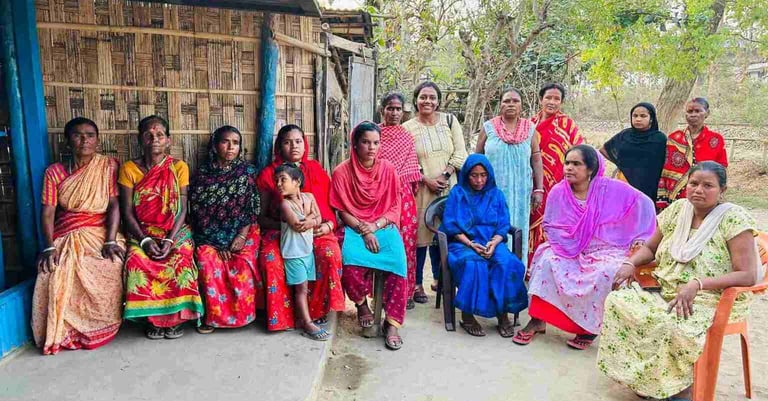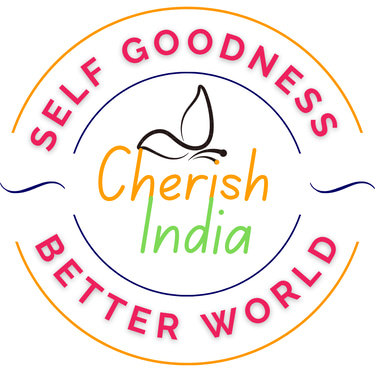Nominees Announced! Meet The 3 Women Whose Everyday Work is Reshaping Lives Across India
Showcasing the five women who have been nominated for ‘Optum Presents The Better India Showcase’ supported by the M3M foundation. They build in silence, persist with strength, and change lives without needing recognition.
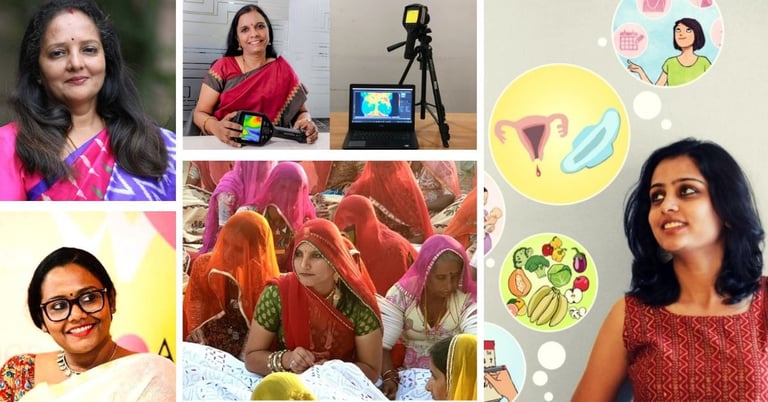

What does it take to be a changemaker?
Grit and grace.
Tenacity and empathy.
Strength and sensitivity.
Among women, these qualities often take shape as deeply rooted, sustainable solutions — built quietly, powered by resilience, and amplified through care.
In the TBI Women Changemakers category, this spirit shines in many forms — from preserving traditional knowledge and breaking taboos to leading disruptive innovations. Each changemaker is forging new paths toward equity, dignity, and opportunity.
As part of Optum Presents The Better India Showcase, supported by the M3M Foundation — a tribute to the dreamers and doers driving change across nine key areas of impact — we spotlight five remarkable women whose work is shaping a more inclusive and empowered India.
1. Dr Kalpana Sankar
Today, 2.2 million women across India walk with a spring in their step — thanks to a newfound financial independence. The credit goes to Dr Kalpana Sankar, a nuclear physicist-turned-social reformer who co-founded ‘Hand in Hand India’ to pursue her passion for women’s empowerment. Her work enables the formation of self-help groups (SHGs), access to jobs, and the eradication of child labour — all through a holistic model of rural development.
Dr Kalpana Sankar, a nuclear physicist-turned-social reformer co-founded ‘Hand in Hand India’ to
drive women’s empowerment, Picture source: Dr Kalpana Sankar
Her impact lies in creating 1.5 million jobs, empowering 2.2 million women with credit access and entrepreneurship training, and working in over 500 villages across India.
She has also been a recipient of the prestigious Lifetime Achievement Award in Financial Inclusion (2023) for her work in driving transformative socio-economic changes in the rural heartlands of North and South India; the Nari Shakti Puraskar (2016); and the Global Award for Women Empowerment (2019) from UN Women and the Kingdom of Bahrain.
2. Ruma Devi
Can embroidery transcend being a hobby and instead be what catalyses women’s empowerment?
Ruma Devi believed so. A school dropout, she used embroidery to transform the lives of women in conservative Rajasthan by reviving traditional crafts and forming collectives, thus empowering over 30,000 women to earn an improved income and thereby reducing their dependence on seasonal work.
Ruma Devi has encouraged around 30,000 women to become financially independent, Picture source: Ruma
In her role at the Gramin Vikas Evam Chetna Sansthan, Ruma helped address the gaps encountered in the marketing processes, learning how to generate bills, identify potential buyers, and package their products effectively.
The women have showcased their products, crafted using natural dyes, in countries like Germany, as well as at popular events like Lakme Fashion Week. In 2018, she was presented the Nari Shakti Puraskar by former president Ram Nath Kovind. Ruma has also been invited by Harvard to speak about the model’s success.
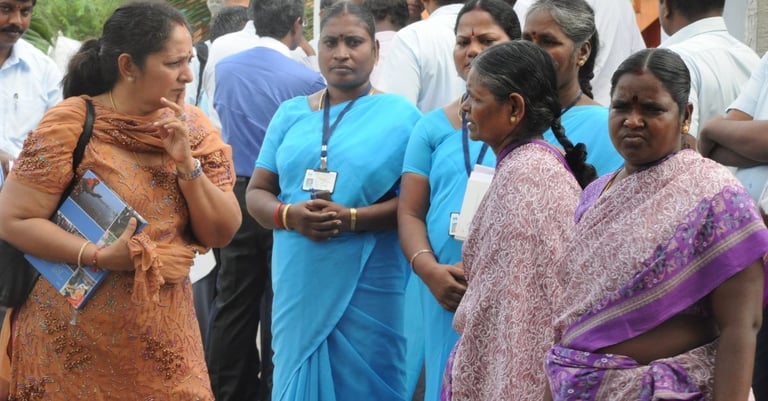

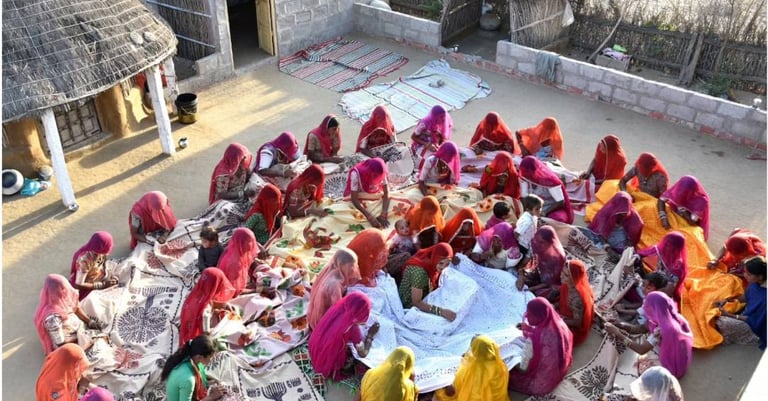

3. Pallabi Ghosh
Pallabi’s impact does not end at rescuing a trafficked child; it is, instead, just the beginning of the close association she goes on to share with them. Counselling, education, and livelihood opportunities are among the after-rescue tool kit that she provides, all directed towards long-term rehabilitation.
Pallabi’s work centres around Northeast India and areas of Myanmar, Bangladesh etc where she educates women
about child trafficking, Picture source: Pallabi
Through her Impact and Dialogue Foundation, Pallabi has rescued more than 10,000 children from human trafficking across Assam and neighbouring states. Survivors are provided with vocational skills like stitching and gardening, along with legal assistance and emotional support, to help them reintegrate into society and reclaim their lives. A few have gone on to become advocates for others on similar journeys.
What stands out in the model is that it engages local panchayats, social welfare departments, grassroots volunteers, and law enforcement in mapping vulnerable areas. Neither threats nor taunts can deter her.
